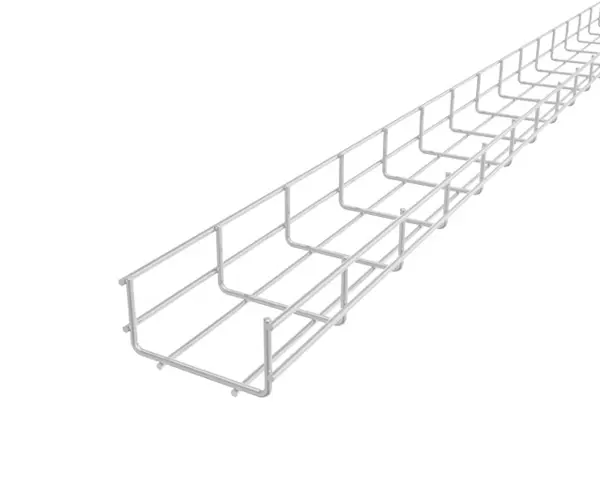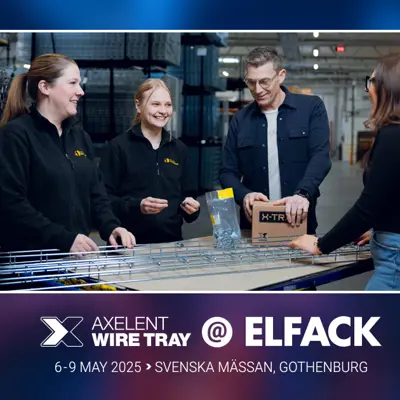


Explore our product catalogue
We have wire trays, data racks and all accessories you need to install your cables in an easy, fast and high qualitative way.
Working with professionals has advantages
Many years of experience and a desire to deliver one of the industry’s most complete cable management systems have laid the foundation for first-class service and a unique range.
Years of experience & knowledge
At Axelent Wire Tray, we have extensive experience and knowledge of cable management systems for various industries. Therefore, we can offer the best service that saves your time!
Tailored solutions
Our cable management system is flexible and adaptable to the conditions and needs of each unique project. Regardless of the size of your project, we tailor a solution for you.
Smart and flexible
In our modern, flexible machine park, we can customize and produce exactly the wire trays needed for each unique project. Don't let standard measurements limit you!
Fast deliveries
Our standard range is often sufficient and always available in stock, therefore we can always offer fast deliveries!
The market's largest selection
X-Tray offers the market's strongest and widest range of cable trays, with several different surface treatments.
Long spacing between brackets
With the longest spacing between support brackets X-Tray cable trays always is a cost-effective and easy-install solution.
Easier installations without compromising on strength or quality
With more than 20 years of experience in the industry, we can provide one of the market’s highest quality products that are also easy and quick to install. We have developed every single detail so that you, the customer, will notice the difference when you install our cable management system.
Easy adjustment of lengths
With help of our wire cutting machine, wire trays can be easily be cut and adapted to each unique installation.
Bend the wire trays into place
The wire trays can be bent and easily adapted and shaped according to the conditions.
Fast installations
Thanks to fewer fasteners and a smaller number of parts, installation can be completed faster.
Only one type of bolt
For assembly, only an M8 bolt and two tools are required: bolt cutters and a 13 mm wrench.
Latest news
Latest news from Axelent Wire Tray
A certified cable management system
X-Tray is a premium product developed to cope with very demanding environments. We continuously test our products to ensure high quality and to make sure the range meets the very highest requirements in the industry. You can safely trust that our wire trays meet the requirements of your unique project.



